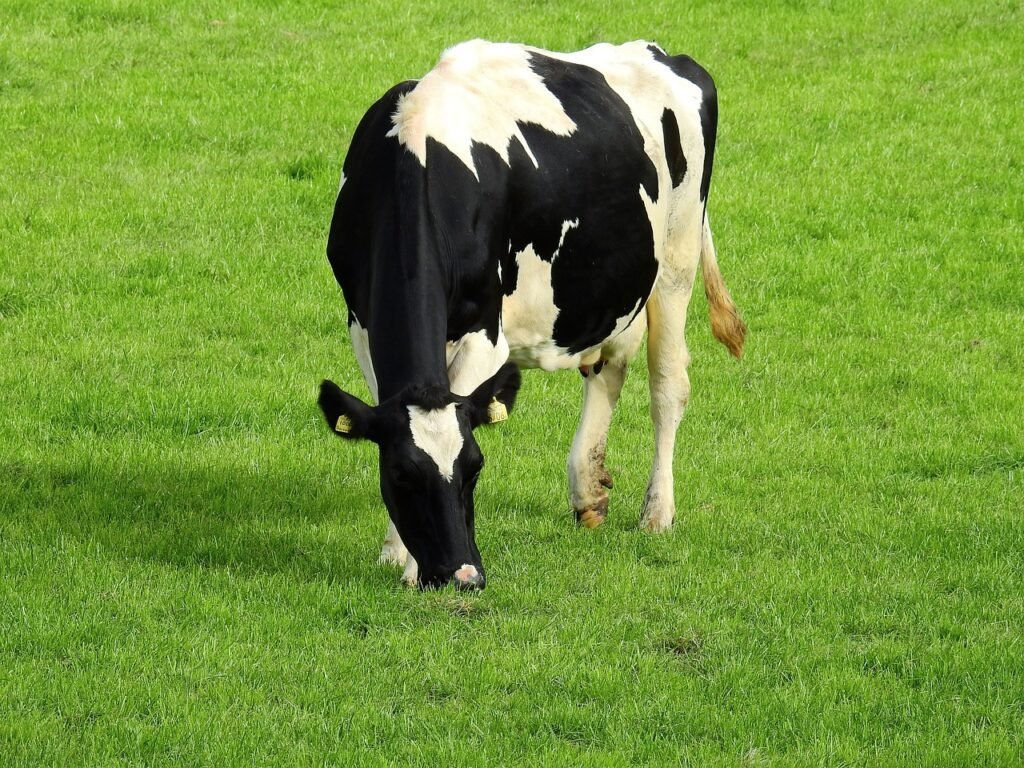
In the dynamic world of animal nutrition, where every aspect of livestock health and productivity is scrutinized, the role of amino acid chelated magnesium in enhancing milk production and fat percentage in ruminants has gained substantial attention. As a leading producer of feed additives, we delve into the profound impact that amino acid chelated magnesium can have on the dairy industry.
Understanding the Significance
Magnesium’s Crucial Role in Ruminant Nutrition
Magnesium is an essential mineral for ruminants, playing a pivotal role in various physiological processes. Its significance extends beyond basic metabolic functions, influencing reproductive performance, immune response, and, notably, milk production. In our exploration, we unravel the intricate relationship between magnesium and the dairy output of ruminants.
A Closer Look at Amino Acid Chelation
Unveiling the Power of Amino Acid Chelation
Amino acid chelation is a revolutionary process that enhances the bioavailability of essential minerals like magnesium. By binding magnesium to amino acids, we create a more absorbable form, ensuring efficient utilization by the ruminant’s digestive system. This enhanced bioavailability sets the stage for remarkable improvements in milk production and milk fat percentage.
Unraveling the Effects
Boosting Milk Production
The introduction of amino acid chelated magnesium in ruminant diets has shown remarkable outcomes in terms of increased milk production. The enhanced absorption and utilization of magnesium contribute to improved overall health and, consequently, greater lactation performance in dairy animals.
Impact on Milk Fat Percentage
One of the key concerns in dairy farming is achieving an optimal balance between milk quantity and quality. Our research indicates that amino acid chelated magnesium positively influences milk fat percentage, addressing the dual objectives of higher yield and superior milk composition.
Research Findings and Case Studies
Evidence-Based Validation
Our commitment to excellence is underscored by extensive research findings and real-world case studies. Rigorous scientific analysis and on-field observations substantiate the positive correlation between amino acid chelated magnesium supplementation and enhanced dairy outcomes.
Implementing Best Practices
Integration into Ruminant Diets
For farmers seeking to optimize their dairy operations, integrating amino acid chelated magnesium into ruminant diets is a strategic move. Our comprehensive guide provides practical insights into dosage, formulation considerations, and the seamless incorporation of this innovative additive into existing feeding regimens.
Conclusion
In conclusion, the exploration of the effects of amino acid chelated magnesium on milk production and milk fat percentage in ruminants unveils a promising avenue for dairy farmers aiming to elevate their operations. The synergistic relationship between magnesium and amino acids holds the key to unlocking untapped potential in ruminant nutrition.
